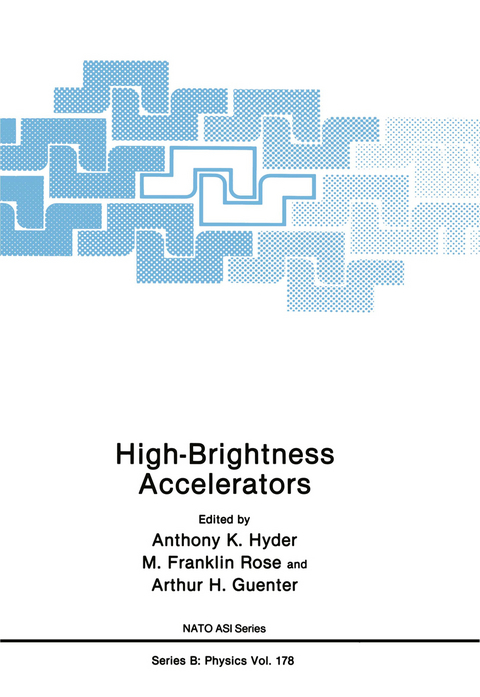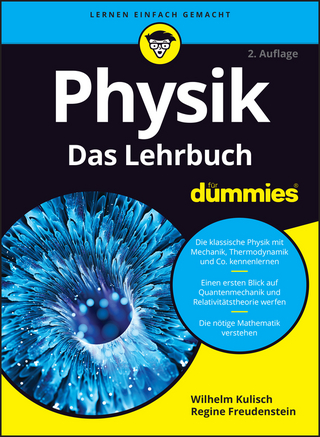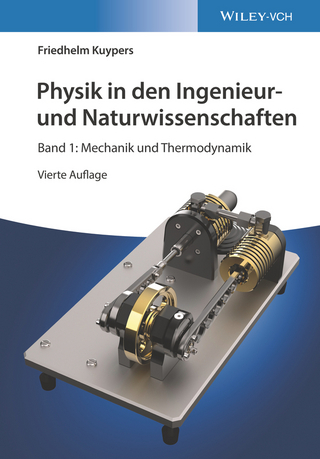
High-Brightness Accelerators
Springer-Verlag New York Inc.
978-1-4684-5510-6 (ISBN)
The Institute concentrated on bringing together several diverse but related communities which, we hope, benefited from this opportunity to interact: the North American activity in machine technology, engineer- ing, and diagnostics with the strong European theoretical community; the basic beam physicists with the engineering technologists.
To High Brightness.- — High-Brightness Accelerators.- Brightness, Emittance and Temperature.- Historical Overview of High-Brightness Accelerators.- Accelerator Physics.- High-Intensity Circular Proton Accelerators.- High-Brightness Circular Accelerators.- Wakefield Acceleration: Concepts and Machines.- Wake Fields: Limitations and Possibilities.- High-Brightness RF Linear Accelerators.- Induction Linacs.- Advanced Concepts for Acceleration.- Beam Physics.- The Physics of Codes.- High-Current Electron-Beam Transport in Recirculating Accelerators.- High-Current Electron-Beam Transport in Linear Induction Accelerators.- Requirements on the Beam for mm- and Sub-mm-Wave Generation.- Brightness Limits for Ion Sources.- Brightness Limits in Linear Ion Accelerators.- Beam-Current Limits in Circular Accelerators and Storage Ring Longitudinal Coasting Beam Instabilities.- Injectors and Ion Sources.- Accelerator Engineering.- Radial Transmission-Line Linear Accelerators.- RF Breakdown Limits.- RF Power Sources for High-Brightness RF Linacs.- Fundamental Features of Superconducting Cavities for High-Brightness Accelerators.- Applications of High-Brightness Beams.- Free-Electron Laser Amplifier Driven by an Induction Linac.- FEL Oscillators (Microtrons).- The U.K. Free-Electron Laser.- The ACO Storage Ring Free Electron Laser.- Emittance, Brightness, Free-Electron Laser Beam Quality, and the Scaled Thermal Velocity.- Induction Linacs for Heavy-Ion Fusion.- High-Average-Power Electron Accelerators for Food Processing.- Summary.- Summary of Linear-Beam Transport.- Appendix A: Poster Papers.- Vacuum Arc Array Ion Injector C. Burkhart, S. Humphries, Jr..- Impedance Variations in the Load of a Thyratron-Switched Discharge Circuit G. L. Clark.- Gyrac, A Photon Factory? O. Gal.- The SERCPlasma Beat Wave Experiment T. Garvey, et al..- Scaling of Current Density, Total Current, Emittance, and Brightness for Hydrogen Negative Ion Sources J. R. Hiskes.- Cyclotron Resonance Laser Accelerator S. P. Kuo.- Beam “Self-Trapping” in the NRL Modified Betatron Accelerator F. Mako, et al..- Electron Cyclotron Maser Using a Pulsed Relativistic Electron Beam A. D. R. Phelps, et al..- Transport of High-Brightness Electron Beams with Ion Focusing J. R. Smith, R. F. Schneider.- Generation of Energetic Ion Beams from a Plasma Focus I. Ueno, et al..- Beam Dynamics Analysis in an RFQ J. H. Whealton, et al..- Appendix B: Organizing Committee, Lecturers, and Participants.
| Reihe/Serie | NATO Science Series: B ; 178 |
|---|---|
| Zusatzinfo | 826 p. |
| Verlagsort | New York, NY |
| Sprache | englisch |
| Maße | 178 x 254 mm |
| Themenwelt | Naturwissenschaften ► Physik / Astronomie ► Allgemeines / Lexika |
| Naturwissenschaften ► Physik / Astronomie ► Atom- / Kern- / Molekularphysik | |
| ISBN-10 | 1-4684-5510-9 / 1468455109 |
| ISBN-13 | 978-1-4684-5510-6 / 9781468455106 |
| Zustand | Neuware |
| Informationen gemäß Produktsicherheitsverordnung (GPSR) | |
| Haben Sie eine Frage zum Produkt? |
aus dem Bereich


